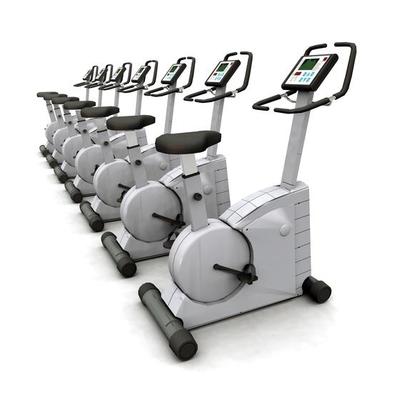Elevate Your Fitness Game with Muscle Activation Techniques
Elevate Your Fitness Game with Muscle Activation Techniques
Blog Article

In the quest for better fitness and performance, many individuals find themselves seeking out innovative strategies to enhance their workouts. Among these strategies, Muscle Activation Techniques have emerged as a powerful tool, designed to optimize muscle function and improve overall results. Whether you are a seasoned athlete or just starting your fitness journey, incorporating these techniques into your routine can make a significant difference in how effectively you train.
Personal training has evolved to include methods that not only focus on strength and conditioning but also on the neuromuscular aspect of exercise. Muscle Activation Techniques allow trainers to pinpoint and activate specific muscles that may be underperforming or not firing correctly. This focus on muscle recruitment helps in building a stronger foundation for movement patterns, ultimately leading to improved performance and reduced risk of injury. Embracing these techniques can elevate your fitness game, ensuring that you get the most out of every workout session.
Understanding Muscle Activation Techniques
Muscle Activation Techniques, or MAT, are designed to enhance muscle function and improve overall movement efficiency. By focusing on the neuromuscular system, these techniques aim to identify and address areas of muscular tightness or dysfunction that can hinder performance. MAT is especially beneficial for athletes and individuals recovering from injuries, as it prepares the muscles for activity by ensuring they are properly engaged during movement.
Incorporating Muscle Activation Techniques into personal training allows trainers to create individualized programs tailored to each client's specific needs. This approach helps in optimizing muscle recruitment, ensuring that clients activate the right muscle groups during exercises. By doing so, trainers can improve strength, enhance flexibility, and decrease the risk of injury, leading to more effective workouts.
Moreover, Muscle Activation Techniques can serve as a powerful tool for enhancing clients' mind-body connection. By encouraging individuals to focus on how their muscles feel during activation and movement, trainers can promote greater awareness of body mechanics. This heightened perception not only aids in performance but also instills confidence in clients as they progress in their fitness journeys.
Benefits of Muscle Activation in Personal Training
Muscle activation techniques are designed to improve the engagement of targeted muscle groups, leading to enhanced performance and training outcomes. One of the primary benefits of incorporating these techniques into personal training is the increase in muscle efficiency. By activating the right muscles before a workout, clients can ensure they are using their bodies effectively and reducing the risk of injury. This focus on proper muscle engagement helps clients to develop better movement patterns and achieve their fitness goals more quickly.
Another significant advantage of muscle activation techniques is their ability to address muscle imbalances. Many individuals may experience weakness or overactivity in certain muscle groups, which can lead to poor biomechanics during exercise. Personal trainers can utilize muscle activation techniques to identify these imbalances and create tailored programs to rectify them. This personalized approach not only optimizes performance but also promotes long-term health and fitness by encouraging balanced muscle development.
Yoga and Meditation Retreats
Lastly, muscle activation techniques can boost motivation and commitment to training. When clients experience immediate improvements in their strength and stability, they are more likely to stay engaged in their fitness journey. Personal trainers who effectively implement these techniques can foster a sense of accomplishment and boosted confidence in their clients. This enhanced motivation often translates into a more consistent training routine, ultimately leading to better results and a more fulfilling fitness experience.
Implementing Muscle Activation Strategies
To effectively implement muscle activation techniques in personal training, it is crucial to begin with a comprehensive assessment of the individual's current fitness level and movement patterns. This assessment helps identify any muscular imbalances or areas that require specific attention. Once the assessment is complete, trainers can design a tailored warm-up routine focusing on activating underperforming muscle groups. This targeted approach ensures that these muscles are engaged before the main workout, enhancing overall performance and reducing the risk of injury.
Incorporating various muscle activation exercises into the training sessions is essential for maximizing results. These exercises should target key muscle groups that are often neglected, such as the glutes, core, and stabilizing muscles. Utilizing techniques such as resistance bands, bodyweight movements, or foam rolling, trainers can encourage proper muscle engagement. This focused activation not only prepares the body for the demands of the workout but also reinforces correct movement patterns, making activities more effective.
Lastly, it is vital to monitor the athlete's progress and adjust the activation strategies as needed. Regular feedback during sessions can help identify which techniques are most effective and where additional attention is required. By fostering an environment of ongoing assessment and adaptation, personal trainers can help clients achieve their fitness goals while ensuring that muscle activation techniques are fully integrated into their routines. This approach not only improves performance but also enhances the overall training experience.
Report this page